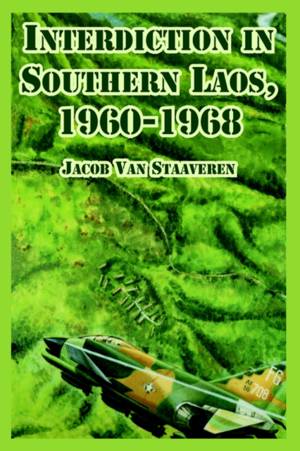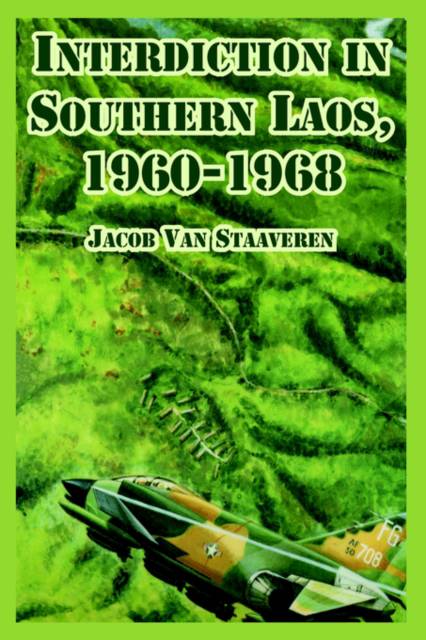
- Afhalen na 1 uur in een winkel met voorraad
- Gratis thuislevering in België vanaf € 30
- Ruim aanbod met 7 miljoen producten
- Afhalen na 1 uur in een winkel met voorraad
- Gratis thuislevering in België vanaf € 30
- Ruim aanbod met 7 miljoen producten
Zoeken
Omschrijving
Throughout the War in Southeast Asia, Communist forces from North Vietnam infiltrated the isolated, neutral state of Laos. Men and supplies crossed the mountain passes and travelled along an intricate web of roads and jungle paths known as the Ho Chi Minh Trail to the Viet Cong insurgents in South Vietnam. American involvement in Laos began with photo-reconnaissance missions and, as the war in Vietnam intensified, expanded to a series of air-ground operations from bases in Vietnam and Thailand against fixed targets and infiltration routes in southern Laos. U.S. Air Force leaders and aircrews flying interdiction missions over Laotian territory faced a unique set of challenges. Their efforts were plagued by political controversies, daunting weather, rugged terrain, a tenacious foe, and above all a bewildering array of rules of engagement limiting the effectiveness of air operations. Interdiction in Southern Laos, 1960-1968 examines this complex operational environment. Many of these issues-particularly those relevant to conducting a politically sensitive, limited war from foreign bases, with a commitment to minimizing civilian casualties-are still relevant today and for the foreseeable future as the modern Air Force meets its responsibilities in an ever-changing global environment. Richard P. Hallion Air Force Historian
Specificaties
Betrokkenen
- Auteur(s):
- Uitgeverij:
Inhoud
- Aantal bladzijden:
- 384
- Taal:
- Engels
Eigenschappen
- Productcode (EAN):
- 9781410220608
- Verschijningsdatum:
- 16/02/2005
- Uitvoering:
- Paperback
- Formaat:
- Trade paperback (VS)
- Afmetingen:
- 152 mm x 229 mm
- Gewicht:
- 562 g

Alleen bij Standaard Boekhandel
+ 80 punten op je klantenkaart van Standaard Boekhandel
Beoordelingen
We publiceren alleen reviews die voldoen aan de voorwaarden voor reviews. Bekijk onze voorwaarden voor reviews.








